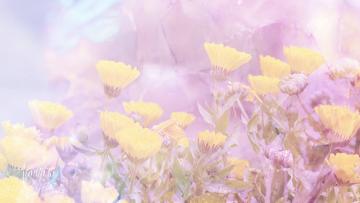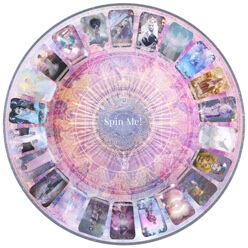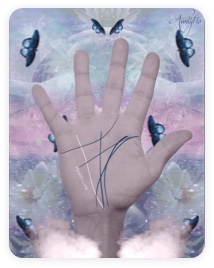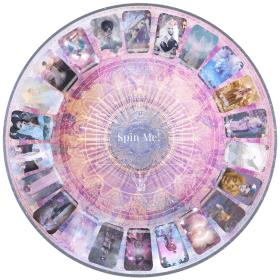Marigold

Uncover Hidden Flowers meanings
The Marigold is said to have derived its name from “Mary’s Gold”, taken from the fact that early Christians placed flowers instead of coins on Mary’s altar as an offering.
This flower is often used in festivities honoring Mary.
The marigold is likewise associated with the sun - being vibrant yellow and gold in color. The flowers are open when the sun is out. The marigold is also called the “herb of the sun”, representing passion and even creativity.
It is also said that marigolds symbolize cruelty, grief and jealousy. It can mean to show strong passion, being associated with the legendary brave and courageous lion. Its Victorian meaning, desire for riches, is probably consequent to the legends of the flower being Mary’s gold, depicting coins.
- Name: Marigold
- Color: Bright yellow or gold, and other shades
- Shape: Huge round balls
- Fact: The marigold plant is not a high maintenance flora as it encounters very few or minimal pest problems and plant diseases. A good squirt of water easily washes any nuisance or insect from the marigold.
- Poisonous: No
- Number of Petals: The marigold is a cluster of 14 petals.
- Victorian Interpretation: Desire for Riches
- Blossom Time: The Marigold blooms from late spring all through summer season. To encourage more blooms, you may pinch off spent blossoms and scatter them around. In other areas, pot marigolds start to bloom in the beginning months of the year.
- Superstitions: People believed that picking marigolds or looking at them for a long period of time can make someone into a drunkard. Others regard the marigold as a love charm.
What the Marigold Means
Marigolds are beautiful bright flowers that are very attractive to the eyes and are often favored to be love charms. Used in weddings and as decorative pieces in many occasions, the marigold is an excellent choice to symbolize beauty and freshness.
Marigolds can thrive well under the full sun, it being the herb of the sun, and can survive in lots of heat. However, the soil should be well-drained and moist to keep them blooming. However, never overwater marigolds as they do not like wet conditions. The marigold seeds are easy to plant and they easily bloom and reseed.
The marigold bloom is a huge pompon like flower, which is very attractive. Its colors are very vibrant, too, with yellow and gold being the most common - and orange coming in a popular second place. Old-fashioned gardens usually have marigolds in different cheery shades because the flowers last all throughout the summer season. Dressing up gardens and pathways, these flowers are the best and longest-lasting summer colors you can find.
- The Shape: Marigolds may come in single blossoms or frilled clusters, and still others are like huge round balls.
- Petals: 14 petals form into a huge round ball that is the marigold. The petals form a cluster that looks like a huge golden pompon
- Numerology: The name Marigold is equivalent to the number 7 in Numerology, signifying deep understanding. Marigold likewise depicts creativity and passion.
- Color: Marigolds or “Mary’s gold” are bright yellow and gold in color, with some varieties being orange, mahogany, ivory or even a combination of colors.
Herbalism and Medicine
Marigold blooms are often used to ease the pain caused by bee stings or wasp stings. The reason for this is that marigolds are antiseptic and antibacterial and is best known for wound healing properties.
One can make a poultice out of its flowers that is a good first aid application for burns and skin infection - apart from insect stings. Marigolds can also be used to ease conjunctivitis when used as a cold eyewash infusion.
Since it is also useful in easing circulation disorders, marigold compress is good to apply to varicose veins. When its leaves are taken in as vegetables, they also prove to be medicinal, a remedy in treating children’s scrofula or tuberculosis of the lymphatic glands.
By Florance Saul
Aug 21, 2012







